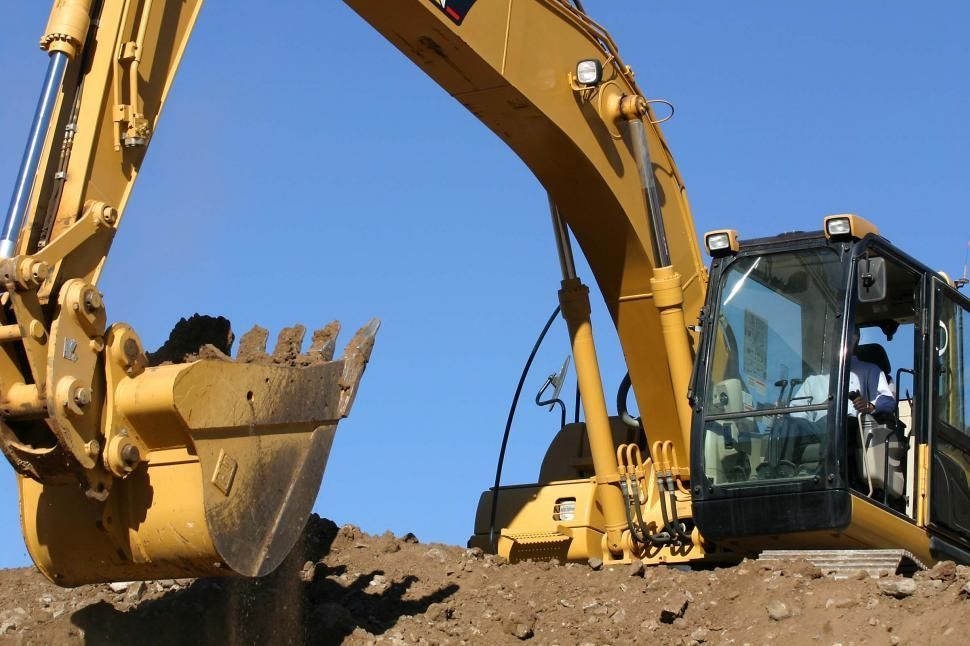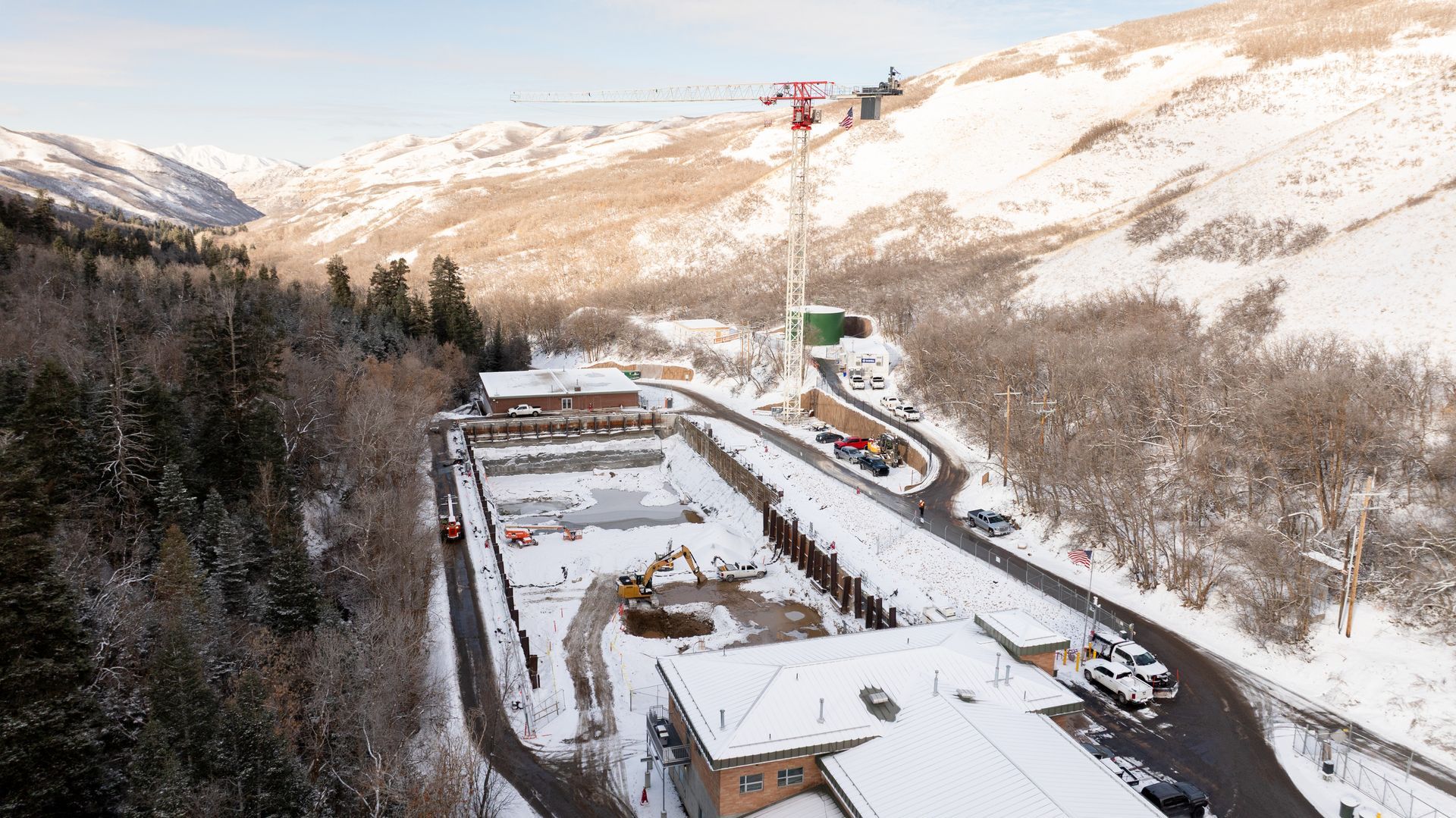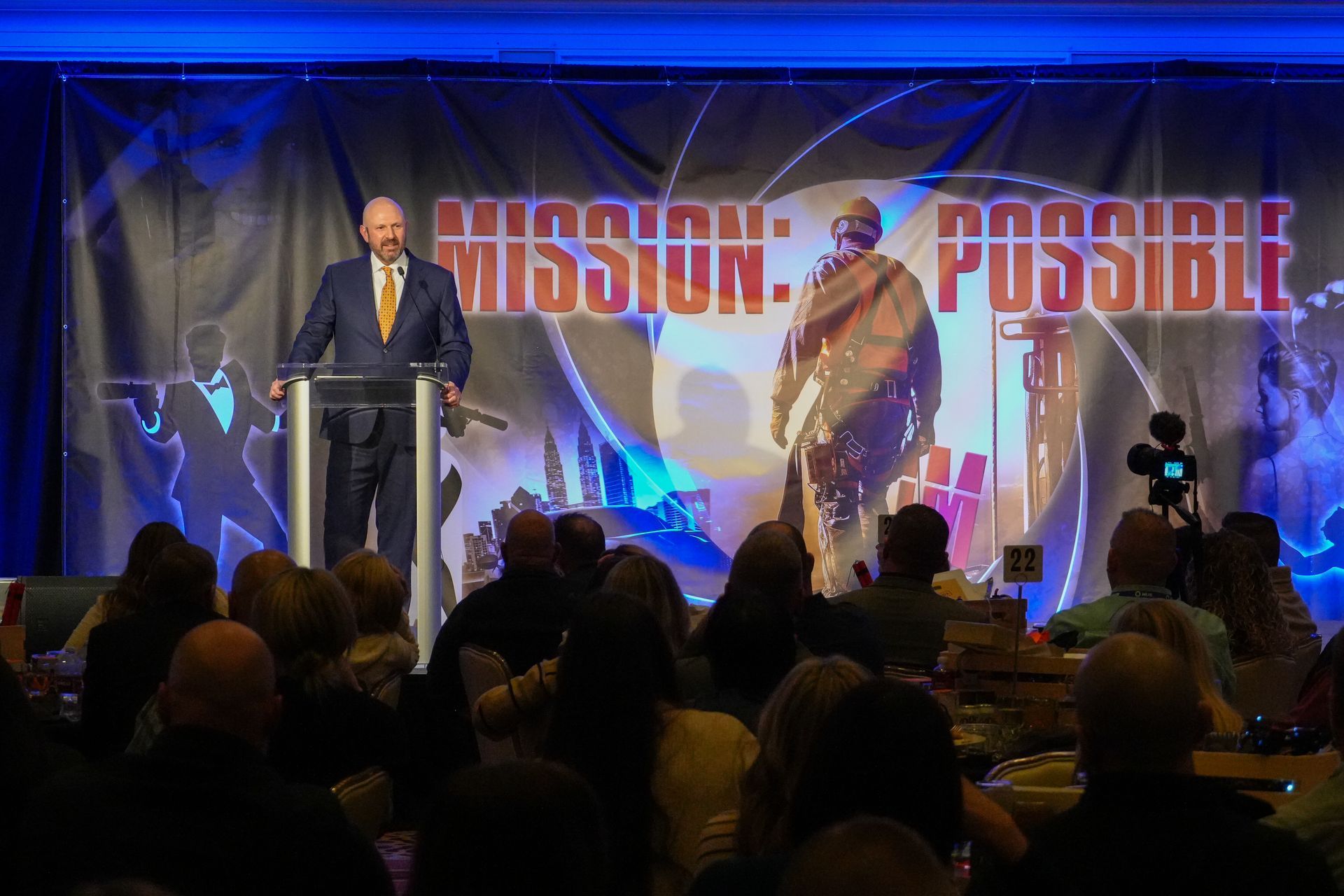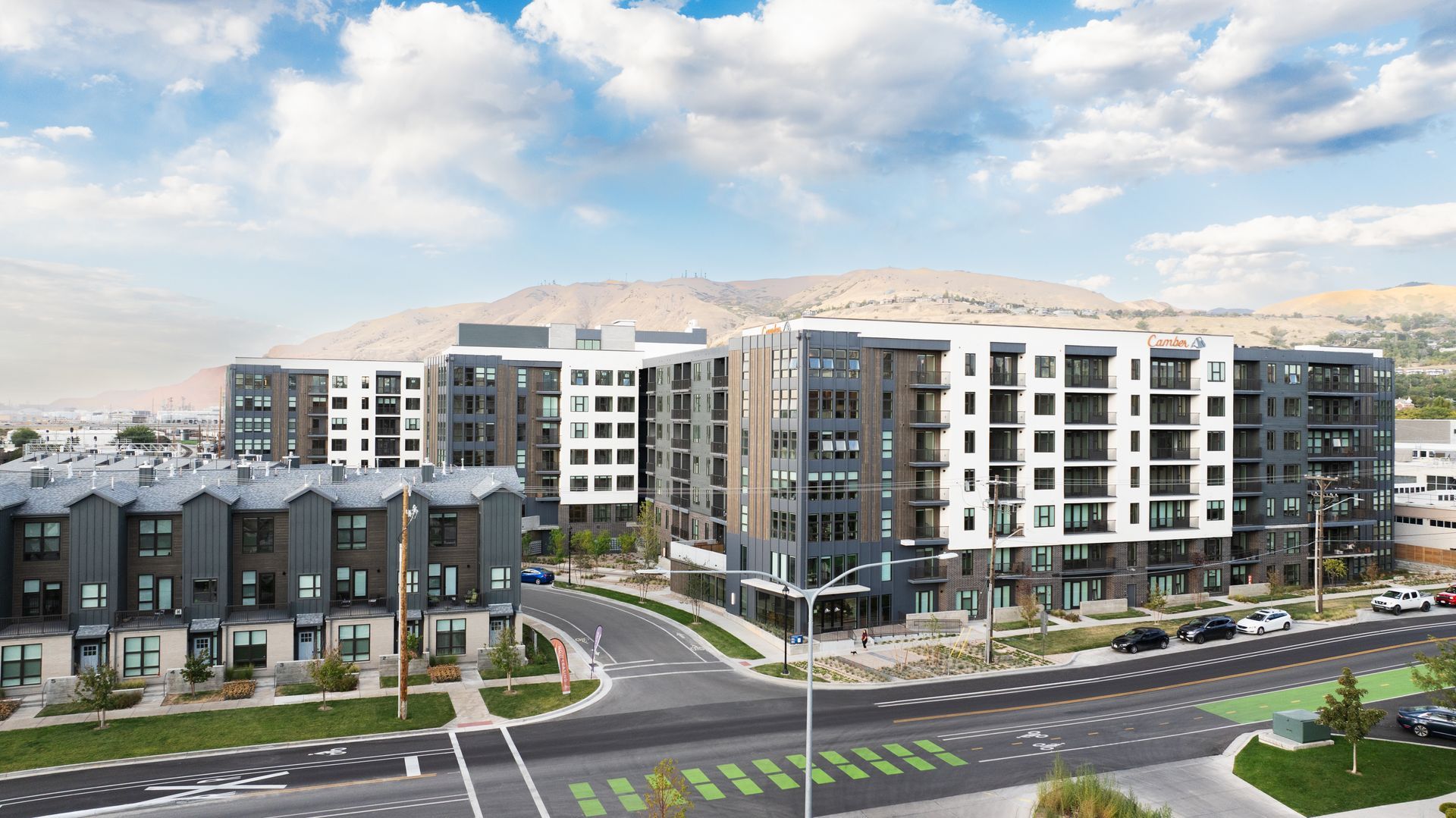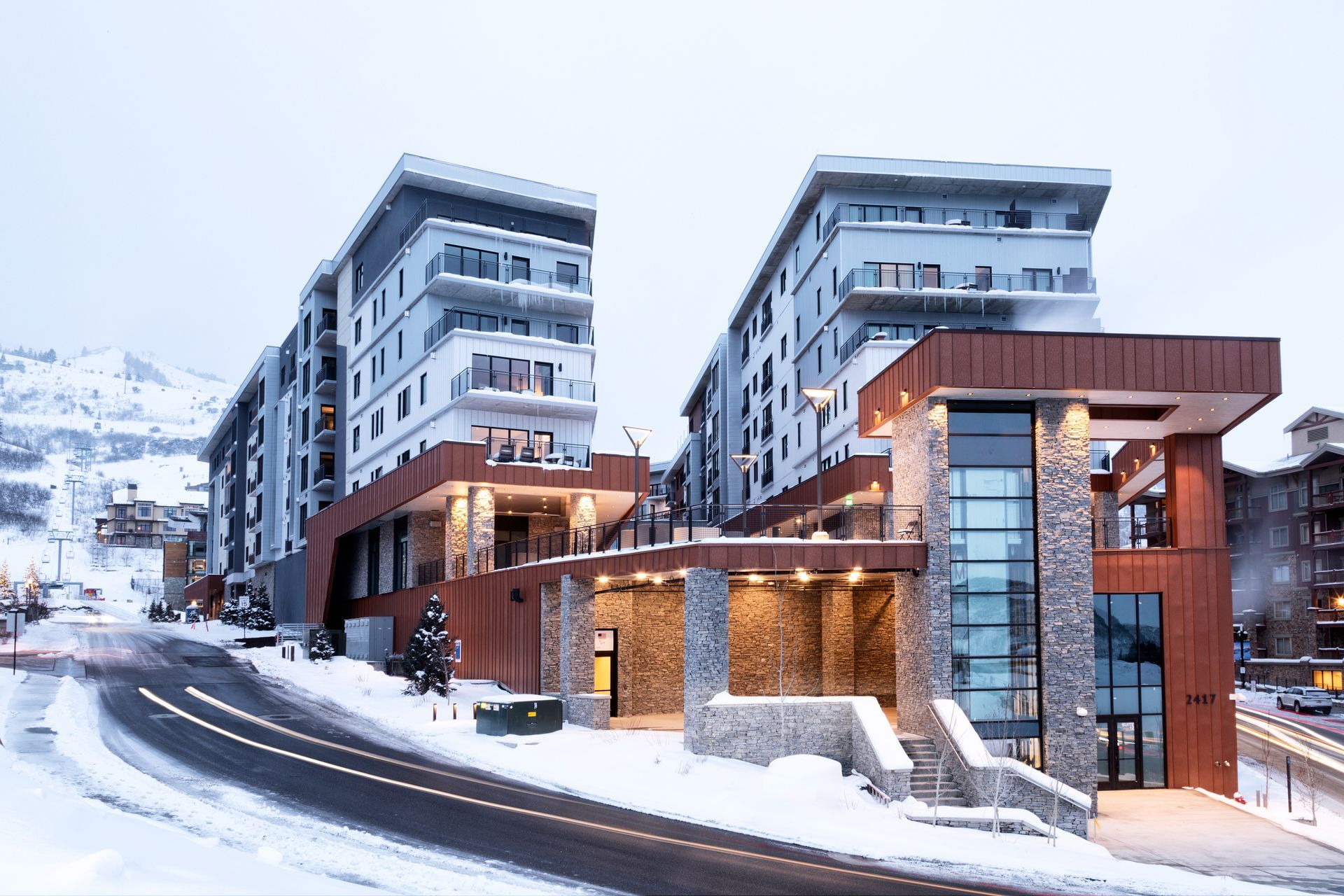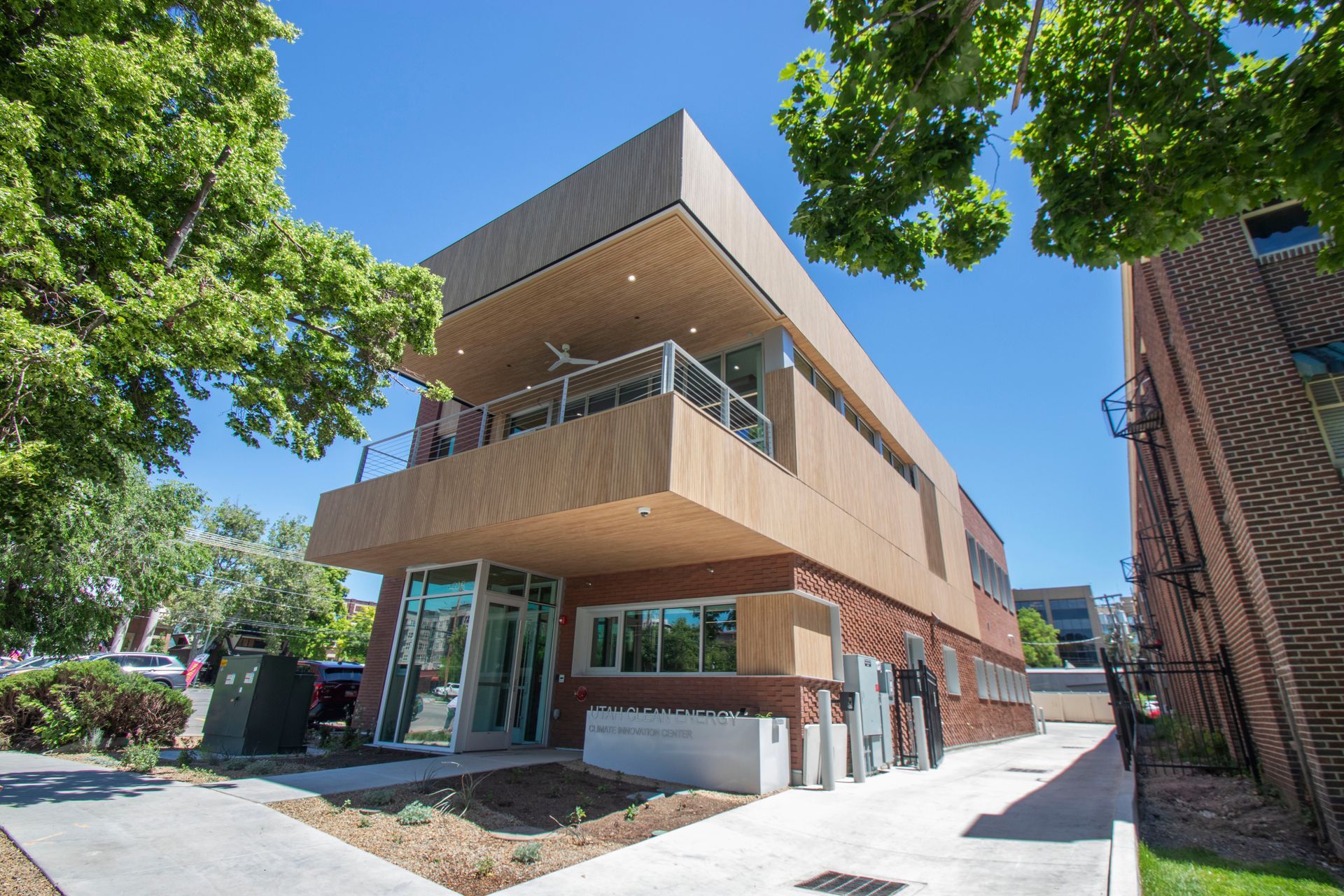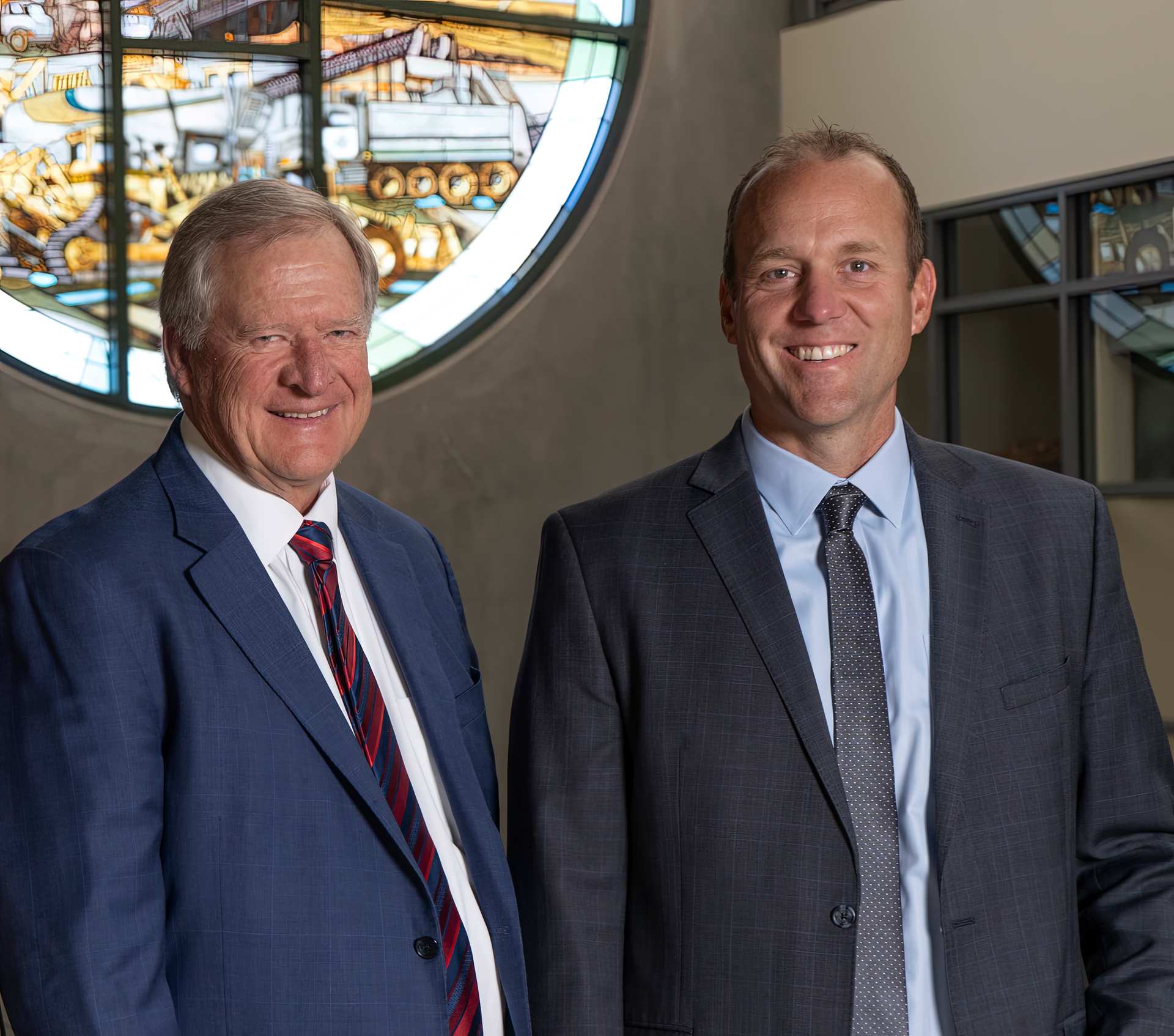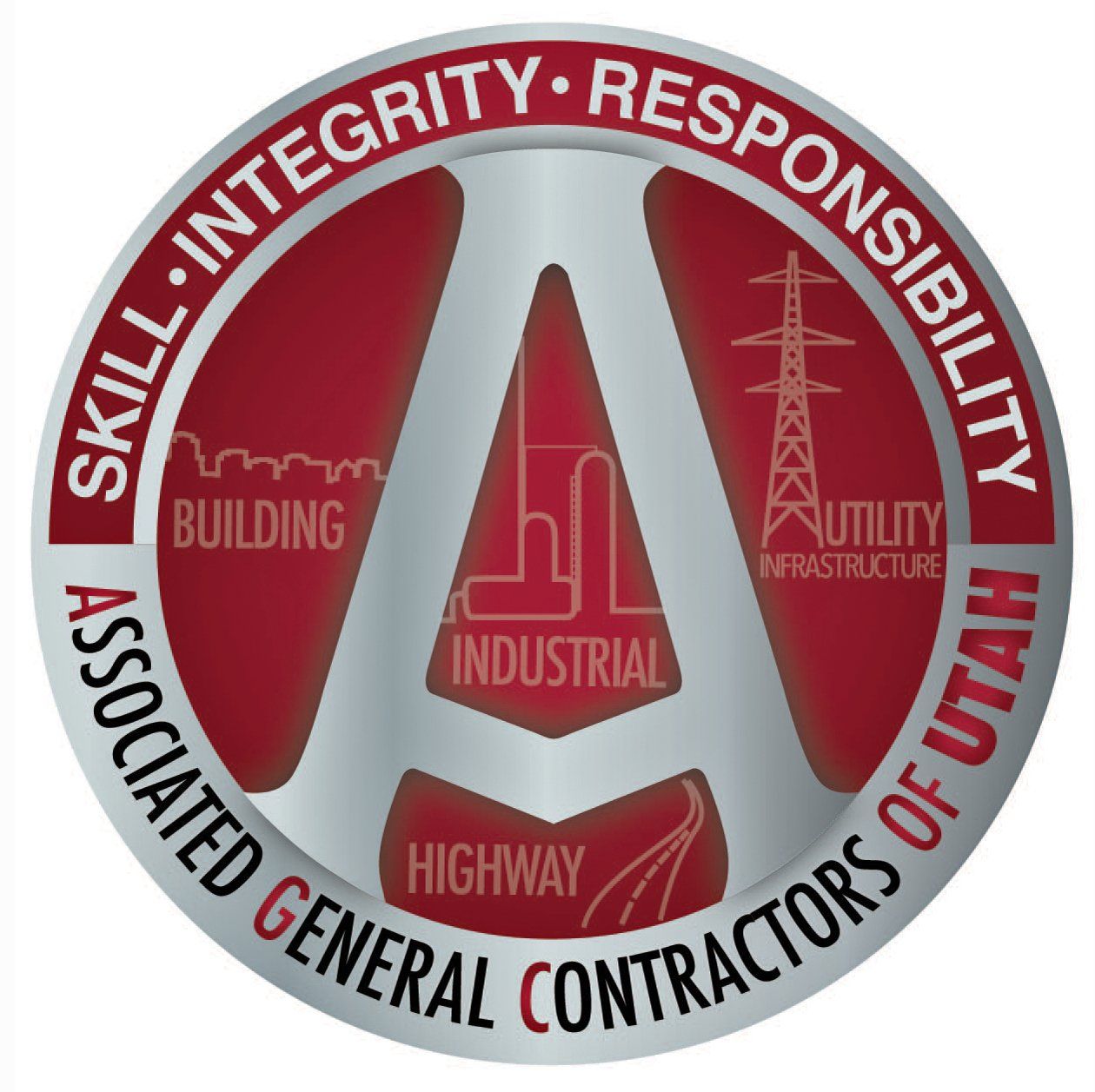Wilford Clyde retires at 70 after a distinguished career that had huge positive impacts in many societal circles—construction, politics, education, economic development—chalking up an enviable list of genuine friends and powerful business associates along the way. By Brad Fullmer
Jeremy Hafen, Clyde’s son-in-law, was named CEO of Clyde Companies in December 2022. The Orem-based firm is a multi-company powerhouse with eight major subsidiaries and annual revenues in the $2.5 billion range.
Wilford the Dealmaker
Clyde is universally praised within his various circles as a genuinely nice, down-to-earth, approachable guy willing to impart his wisdom about a particular topic or simply chat someone up about last night’s ballgame.
“Wilford is for real,” said Scott Okelberry, Executive VP/COO of Clyde Companies. “He’s not the stuffy CEO and chairman that nobody could talk to.”
“Wilford set himself apart at an early age with good political and leadership skills and confidence in his abilities,” said Rich Thorn, a fellow Springville native who himself retired at the end of the March after 43 years leading the Associated General Contractors (AGC) of Utah. Thorn said Clyde has a unique ability to maximize people’s talents and get the most out of their abilities. “He had a way of leading people and encouraging them along the way. His philosophy was to coach up or coach out—you try to coach people to be better. He’s had a way of building those companies with local talent and developing top-notch people.”
Dig beyond the friendly demeanor and buddy-next-door persona and you’ll find a highly driven, competitive, keen businessman, one who relished the acquisitions process and saw it as an opportunity to exponentially grow Clyde Companies into the multi-faceted behemoth it is.
“The best way I can describe Wilford is he’ll surprise you,” said Natalie Gochnour, Director of the Kem C. Gardner Policy Institute at the University of Utah. “I think he’s careful with the way he leads, but make no mistake about it, he’ll be candid. He’ll tell you what he thinks.”
Clyde said he has been involved in some 40 acquisition deals dating to 1989 when Geneva Rock bought Ajax Concrete in Tooele County. Six months later, he flipped it to purchase Ideal Concrete in 1990, a bold move that bolstered Clyde’s negotiation chops and confidence.
“I love doing business acquisitions—it’s given us a chance to grow fast and make more profit,” said Clyde. “Most of the profits over the last 30 years have been put back into the company.”
Clyde said many businesses Clyde Companies has acquired over the past 33 years—including prominent companies like Clements Concrete in Idaho and Interstate Highway Construction and Scott Contracting in Colorado—were happy to sell because “these are all family-owned companies, and they like the fact we are a family-owned company. That’s an advantage we have. We’ve tried to concentrate on the Intermountain region, and it’s been successful.”
“He’s been on the front lines of the growth of this organization from his youngest years and here we are today as eight subsidiary companies and 4,500 employees,” added Okelberry. “Wilford has been at the front of that charge through almost that entire history.”
Clyde still remembers the Ideal Concrete acquisition well, calling it an intense, educational process and an important moment in the history of Clyde Companies that gave Geneva Rock a stronger presence in Northern Utah.
“At that time, it was a chance to buy it and be the largest ready-mix producer in the state,” Clyde said. “It gave Geneva a chance to grow.”
“He was not afraid to take on calculated business risks,” said Thorn. “It was key to the company gaining market share through acquisitions as well as building from within. Wilford’s leadership has positively impacted a lot of families.”
Clyde very much followed in his grandfather’s footsteps. W.W. Clyde started his heavy/civil firm in 1926 in Springville and gradually added companies like Utah Service (1938), Geneva Rock (1954), and Beehive Insurance (1961) into the fold, he proved to be one of the most savvy and shrewd businessmen of his generation. Wilford Clyde continued that legacy, as the Orem-based Clyde Companies empire now includes eight major subsidiary organizations that specialize in construction, building materials, and insurance.
Man of the Community
Beyond his many professional accomplishments and accolades, Clyde also took community service to another level, contributing his time, talents, experience, and money to a litany of important economic and social causes.
“I like to meet people; I enjoy developing relationships,” said Clyde, perhaps offering a glimpse into the secrets of his success. “I always felt like, if you’re going to join an organization, you don’t get a lot out of it unless you participate. One of my favorite jobs was being Mayor of Springville. Our family has been there since the 1850s and we have a lot of heritage in that community. It was a lot of fun to be involved on that level. I always felt like that was part of my obligation, to be active in the community and help promote the company through that network.”
Clyde has also been enamored with his time on the Board of Regents and is highly optimistic about the future of higher education in the Beehive State.
“We have some incredible things happening in higher education,” said Clyde. “I’ve learned a ton about public education. The system is in good hands.”
Clyde’s list of community endeavors includes:
- Mayor of Springville (2009-2017)
- Springville City Council (1989-1992)
- Chair, Utah Manufacturers Association (1995)
- Chair, Associated General Contractors (AGC) of Utah (1999)
- Ernst and Young Entrepreneur of the Year (2002)
- Chair, Salt Lake Chamber of Commerce (2017-2018)
- Chair, Orem and Provo Chamber of Commerce (1996)
- Chair, Board of Trustees, Utah Valley University (1999-2000)
- President, Beavers, Inc. (2015)
- Board of Regents, Utah Higher Education System (2011-2022)
In recognition of his storied career, Clyde Companies held an open house on January 26 to honor Clyde that was attended by a who’s who of political and professional dignitaries from across the state.
Clyde will be further recognized April 27 as the 44th recipient of the “Giant in Our City” award, the highest honor given by the Salt Lake Chamber.
“He’s been a pillar in the community on so many levels it’s hard to keep track,” said Thorn. “At the end of the day he’s still a local, home-grown guy.”
Man of the people: Clyde, shown riding in a parade with wife Natalie, served as Mayor of Springville—his hometown—from 2009-2017, in addition to participating on many other business and community-related endeavors. Right: Wilford and Natalie Clyde and their immediate family.
Seamless Leadership Transition
Hafen—is well-versed on Clyde’s expectations and confident in carrying on Wilford’s legacy and continuing to grow the business in all facets. While Hafen joined the family after marrying Clyde’s oldest daughter Camille in 1997, he joined the family business in 2004 and has held several key leadership positions to get him seasoned for this role. He’s also asked Clyde plenty of questions over the years and feels like he’s learned from the best.
“We have been transitioning the last few years,” said Hafen. “The biggest lessons I’ve learned are financial discipline and resilience. In an industry that can be cyclical, if you take on too much debt, you’re hosed. I’ve learned how to be extremely careful. We’ve reinvested a lot of cash back into the business and have been able to weather storms because of discernment.”
Clyde has long believed in Hafen’s abilities and considers any concerns about the leadership transition to be a moot point.
“There’s not going to be any transition—it’s already happened,” said Clyde. “Our leadership team is in place, functioning and successful. There isn’t going to be any gap.”
Clyde also made it clear that none of this happens without his wife, Natalie’s, support and dedication. She has been a stalwart in working side-by-side with Wilford.
“Natalie has been super supportive of whatever I’ve done,” he said. “She raised our kids. She’s done a lot of things in the community. We’ve had a chance to do a lot of things together. Every success I’ve had is her success also.”
Clyde believes his grandfather would be proud of where the company is today.
“Overall, he would have to say the company is still going, it’s successful, it’s providing for a lot of families,” Clyde surmised. “He’d have to be pretty happy. Same with my dad. They’d have to be satisfied where the company has gone. Our new vision statement is to be ‘The most respected partner in our industry for another 100 years.’ That’s an ambitious goal.”
